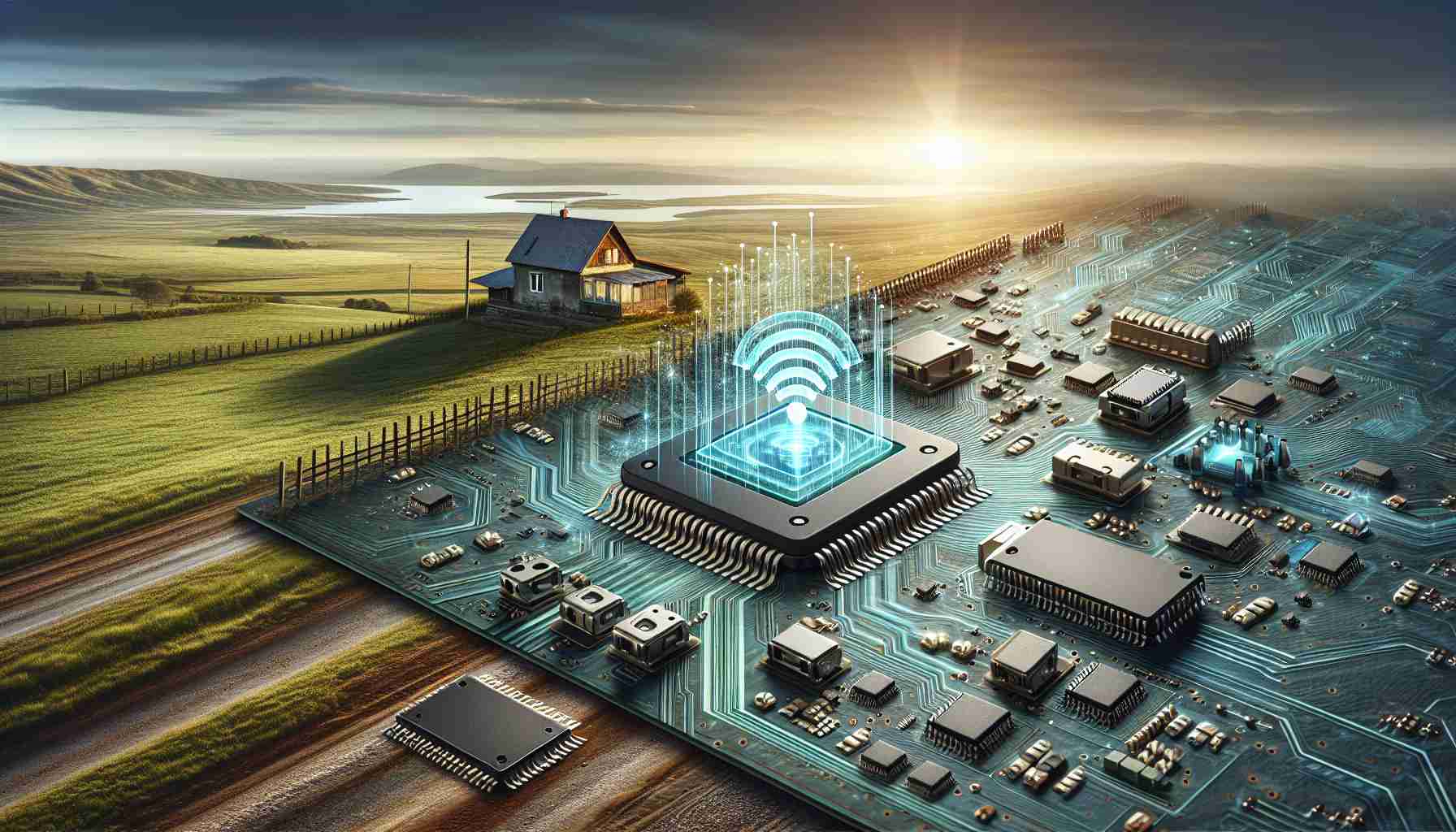A Groundbreaking Leap in Wireless Speed Researchers have achieved a groundbreaking milestone in wireless technology, shattering the previous record for data transmission speed. In lab experiments, the research team achieved nearly 1 terabit per second (1 Tbps), a feat set to revolutionize mobile and wireless networks. This innovative technology promises to far surpass the speeds offered by 5G, with potential theoretical speeds topping at 20 Gbps, marking a significant leap forward.
Overcoming Communication Congestion This cutting-edge technology addresses a major issue plaguing current wireless communications – radio frequency congestion. By combining radio and optical technologies, the UCL team has overcome this obstacle, enabling not only much faster but also more stable wireless data transmission. Researchers believe this innovation will help meet the increasing demand for high-speed data access, particularly in the final stages of communication, such as between a user’s device and optical fiber networks.
Paving the Way for Future Connectivity While this new wireless technology has only been tested in lab conditions, the UCL researchers are already developing a prototype to test it in real commercial settings. They are optimistic that this revolutionary method could be implemented within three to five years, significantly enhancing mobile and wireless connectivity, especially in densely populated areas, and paving the way for future 6G services.
Unleashing the Potential of Terahertz Frequencies Beyond the remarkable achievement of 1 terabit per second, what are the implications of harnessing terahertz frequencies in wireless technology? Terahertz frequencies offer a vastly unexplored spectrum that can enable even higher data transmission speeds. The use of terahertz waves can potentially unlock data rates in the range of hundreds of terabits per second, making it a game-changer for applications requiring ultra-fast and reliable wireless connections.
Addressing Security Concerns As we propel towards faster and more efficient wireless networks, what measures are in place to secure these advancements from potential cybersecurity threats? The implementation of terahertz frequencies introduces new security challenges due to the unique characteristics of these waves, such as their ability to penetrate certain materials. Researchers are actively working on developing encryption and authentication protocols tailored to terahertz communication to ensure data privacy and integrity in this next-generation wireless landscape.
Environmental and Health Impacts With the rapid evolution of wireless technology, what are the environmental and health impacts associated with the deployment of high-frequency networks? The deployment of terahertz wireless networks may raise concerns about potential electromagnetic radiation exposure. Research is ongoing to assess the impact of terahertz waves on biological tissues and the environment to establish safety guidelines and mitigate any adverse effects of widespread utilization of this groundbreaking technology.
Advantages and Disadvantages of Terahertz Wireless Communication
Terahertz wireless communication offers unparalleled speed and capacity, revolutionizing connectivity for applications like augmented reality, high-definition video streaming, and massive IoT deployments. However, the adoption of terahertz frequencies comes with challenges, such as limited propagation range and susceptibility to atmospheric conditions, which may impede the widespread deployment of terahertz networks. Balancing the tremendous benefits with these technical hurdles remains a critical consideration in the path towards bridging the connectivity gap through terahertz wireless technology.
For further insights on the advancements shaping the future of wireless technology, visit Wireless Technology Innovations.


